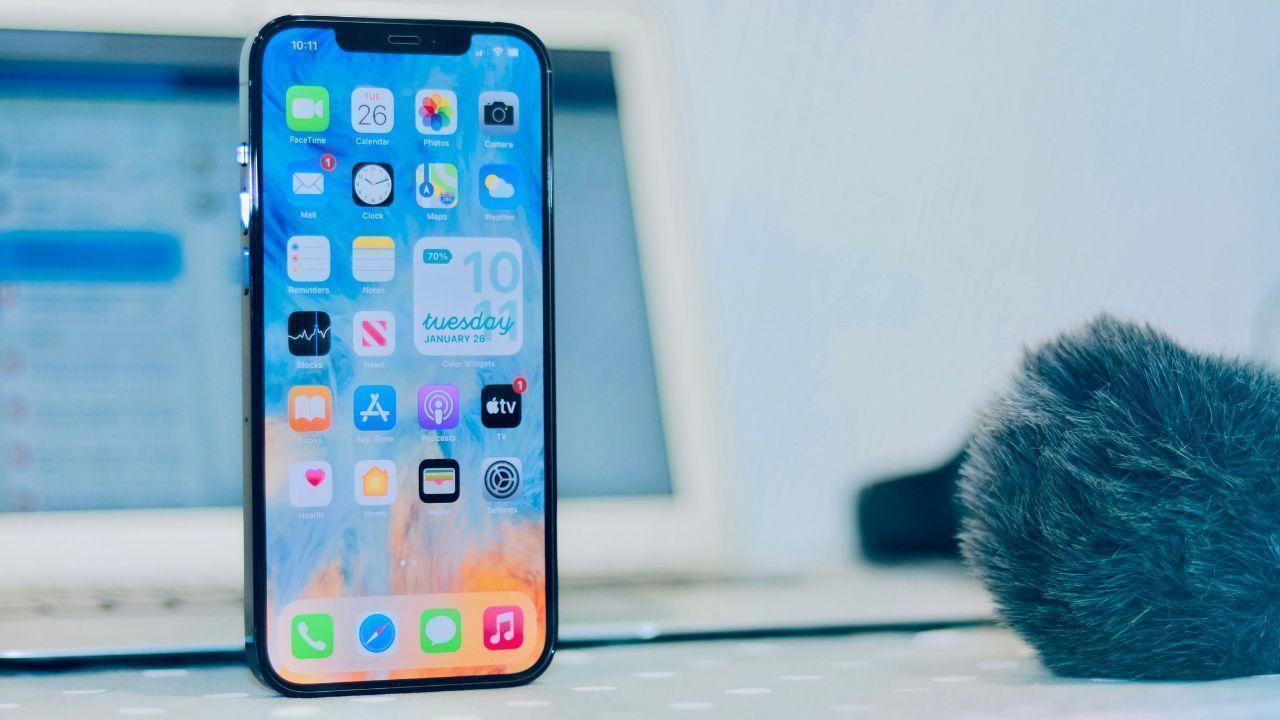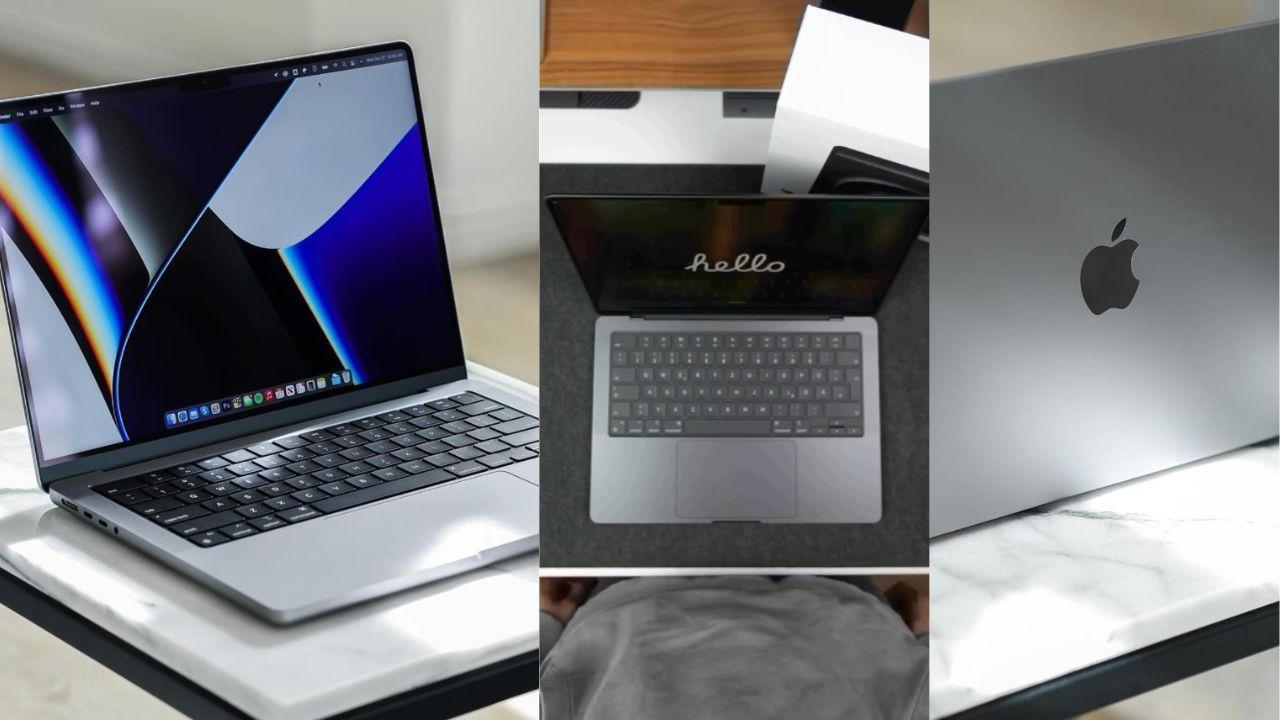
Mobile phones have transformed dramatically over the past three decades, changing the way we communicate, work, and interact with the world. From the early days of bulky, brick-sized devices to today's sleek, AI-powered smartphones, mobile technology has come a long way. But how mobile phones have evolved over the last 30 years is not just a story of design improvements—it’s a revolution that has reshaped modern life.
The early 1990s marked the beginning of widespread mobile phone usage. Devices like the Motorola DynaTAC 8000X, released in the late 1980s, were large, heavy, and expensive, limiting them to business professionals and the wealthy. However, as the decade progressed, companies like Nokia and Ericsson introduced more compact and affordable models. The Nokia 5110 and Motorola StarTAC became widely popular, making mobile communication accessible to more people. During this time, SMS messaging was introduced, allowing users to send short text messages, a feature that revolutionized communication. Battery life also improved, with lithium-ion batteries extending talk time, making mobile phones more practical for daily use. While mobile phones were still considered a luxury, this period laid the foundation for the massive technological advancements that were yet to come.
The early 2000s saw a massive boom in mobile phone usage as more people adopted mobile devices. The rise of feature phones, produced by companies like Nokia, Samsung, and Sony Ericsson, introduced new capabilities beyond calling and texting. One of the biggest innovations of this decade was the introduction of camera phones, allowing users to capture moments on the go. Phones like the Sharp J-SH04 pioneered mobile photography, followed by models like the Nokia 6600 and Sony Ericsson K750i, which made high-quality images more accessible. Mobile internet also became a reality with WAP and GPRS, allowing users to browse the web on their phones, albeit in a limited form. Business phones like the BlackBerry 6210 brought QWERTY keyboards and mobile emails, making mobile devices indispensable for professionals. By the late 2000s, mobile technology was rapidly evolving, and in 2007, Apple introduced the first iPhone, changing the industry forever.
The 2010s marked the true beginning of the smartphone era, as mobile phones transformed into powerful mini-computers. The launch of the iPhone and Android smartphones revolutionized the industry, replacing physical keyboards with large, high-resolution touchscreens. The introduction of app ecosystems through Apple’s App Store in 2008 and Google Play Store in 2012 allowed users to customize their phones with applications for messaging, gaming, shopping, and more. High-speed data networks, particularly 4G, made streaming, video calls, and cloud computing widely available, making mobile phones more powerful than ever. Smartphones also saw rapid improvements in cameras, with devices like the iPhone X and Samsung Galaxy S10 offering professional-quality photography, fueling the rise of social media platforms like Instagram, Snapchat, and TikTok. Artificial intelligence and voice assistants like Siri, Google Assistant, and Alexa became integrated into smartphones, making them more intuitive and efficient. By the end of the decade, smartphones had become an essential part of daily life, influencing everything from entertainment to education and healthcare.
As we move into the 2020s, mobile phones continue to evolve at an astonishing pace. 5G technology has become mainstream, offering lightning-fast internet speeds that enhance video streaming, gaming, and virtual communication. Mobile phone manufacturers have also begun experimenting with foldable and flexible screens, with devices like the Samsung Galaxy Z Fold and Huawei Mate X pushing the boundaries of phone design. Artificial intelligence and machine learning are playing an even greater role, enabling personalized user experiences, automated security features, and smart assistant improvements. Sustainability is also becoming a focus, with brands shifting toward eco-friendly and repairable smartphones to reduce electronic waste. With the rapid pace of technological advancements, how mobile phones have evolved over the last 30 years is just the beginning. The future promises even more exciting transformations, with mobile devices becoming central to innovations in augmented reality, virtual reality, and even brain-computer interfaces.
Over the past 30 years, mobile phones have evolved from bulky, expensive devices to powerful smartphones that are an essential part of everyday life. In the 1990s, mobile phones were primarily used for calling and texting, with brands like Nokia and Motorola leading the market. The 2000s saw the rise of feature phones, introducing camera technology and mobile internet. The biggest transformation happened in the 2010s with smartphones, where touchscreens, app stores, social media, and AI assistants changed how people interacted with technology. Today, in the 2020s, 5G connectivity, foldable screens, and AI-driven innovations are shaping the future of mobile devices. The evolution of mobile phones is far from over, with exciting developments expected in augmented reality, virtual reality, and AI-powered communication.
This article is for informational purposes only and reflects the technological advancements in mobile phones over the past three decades. The opinions and insights provided do not represent official endorsements of any brand or product. Readers are encouraged to conduct their own research before making any technology-related decisions.
#trending #latest #MobilePhones #TechnologyEvolution #Smartphones #TechHistory #Innovation #Gadgets #DigitalTransformation #MobileTech #WirelessRevolution #FutureOfTech #breakingnews #worldnews #headlines #topstories #globalUpdate #dxbnewsnetwork #dxbnews #dxbdnn #dxbnewsnetworkdnn #bestnewschanneldubai #bestnewschannelUAE #bestnewschannelabudhabi #bestnewschannelajman #bestnewschannelofdubai #popularnewschanneldubai

The 2025 Jeddah E-Prix kicked off Feb 14-15, hosted for the 7th year at Corniche Circuit...Read More.

India-UAE shaping a smarter future with digital innovation...Read More.
 Saudi Arabia welcomes Trump-Putin summit, commends their call for peace
Saudi Arabia welcomes Trump-Putin summit, commends their call for peace
Saudi Arabia welcomes Trump-Putin call and offers to host a summit between them
 34th Abu Dhabi Desert Challenge Gears Up for an Exciting and Thrilling Showdown
34th Abu Dhabi Desert Challenge Gears Up for an Exciting and Thrilling Showdown
Top drivers and riders race Abu Dhabi’s dunes in W2RC Round 2, from 21-27 Feb 2025
 Sharjah Ruler Inaugurates New Building for Sharjah Scout Mission
Sharjah Ruler Inaugurates New Building for Sharjah Scout Mission
Sheikh Sultan inaugurates new Sharjah Scout Mission building, launching 10th Scout Gathering
 Havertz set for surgery after injury rules him out for the season
Havertz set for surgery after injury rules him out for the season
Arsenal forward Kai Havertz will undergo surgery and miss the season after a hamstring injury in tra
 Mubadala Abu Dhabi Open 2025 unites world’s top tennis stars
Mubadala Abu Dhabi Open 2025 unites world’s top tennis stars
The WTA 500 event's third edition ended with a sold-out crowd after eight days of top tennis action
Vice Sports Minister Crowns Günther in 3rd Round of 2025 Jeddah E-Prix

The 2025 Jeddah E-Prix kicked off Feb 14-15, hosted for the 7th year at Corniche Circuit
Digital Future: A New Chapter in India-UAE Partnership

India-UAE shaping a smarter future with digital innovation
Simple Steps to Go from Saving Money to Growing Wealth

Learn simple steps to grow wealth and make your money work
iPhone 17 Pro Max Leaks Reveal Pixel-Inspired Camera Design in New Renders

Latest renders show a bigger camera bump extending into a full-width bar on the back
Easy Money Habits to Build Wealth for the Future

Simple daily habits to save money and grow wealth over time
MacBook Air M3 15-Inch Sees ₹12,000 Price Drop on Amazon: Deal Details

Apple MacBook Air M3 15-inch gets a big discount on Amazon
Dubai stocks hit 11-year high, driven by strong corporate earnings

Dubai index rose 2.4%, marking its highest weekly gain of 2025 so far
Estithmar Holding's net profit in Qatar rises by 20%

The company achieved a 44% rise in revenues, marking a strong financial performance
UAE calls for humanitarian pause in Sudan war during Ramadan conflict

UAE urges a humanitarian pause in Sudan war during Ramadan to aid those in need
Abu Dhabi Civil Defence wins 6 awards at Dubai Quality Group ceremony

Abu Dhabi Civil Defence wins six awards for excellence, innovation, and public safety
3001E, 30 Floor, Aspin Commercial Tower, Sheikh Zayed Road, Dubai, UAE
+971 52 602 2429
info@dxbnewsnetwork.com
© DNN. All Rights Reserved.